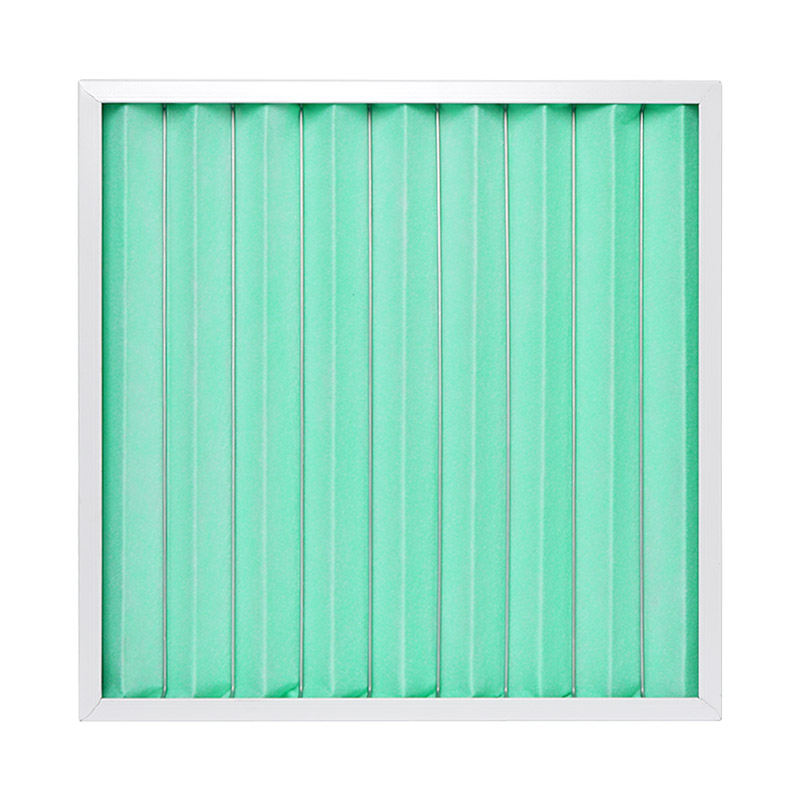What Are Coarse Dust Filter Units and Why Are They Essential in HVAC Systems?
In HVAC (Heating, Ventilation, and Air Conditioning) systems, maintaining clean airflow is crucial for system efficiency, air quality, and occupant health. Among the essential components of HVAC filtration are Coarse Dust Filter Units, which serve as the first line of defense against large airborne particles. Though often overlooked, these filters perform a vital role in both residential and commercial ventilation systems.

What Are Coarse Dust Filter Units?
Coarse dust filter units are air filters designed to capture large particulate matter such as dust, fibers, pollen, insects, and other coarse contaminants. Typically rated under ISO 16890 as “ISO Coarse” or under the older EN 779 standard as G1–G4, these filters remove particles larger than 10 microns. They are commonly used as pre-filters in multi-stage filtration systems.
These filters are usually made from synthetic nonwoven fabrics, glass fibers, or metal mesh and come in various designs, including panel filters, pleated filters, and washable metal filters. Their primary purpose is to extend the lifespan of more efficient filters downstream (such as HEPA or F9 filters) and to reduce the dust load within HVAC systems.
Why Are They Essential in HVAC Systems?
Protective Pre-Filtration
Coarse dust filters act as a barrier that prevents large debris from reaching finer filters. By capturing contaminants at the initial stage, they reduce clogging and maintain the efficiency of high-performance filters.
Improved Energy Efficiency
A clean coarse filter allows air to flow freely with minimal resistance. This helps the HVAC system operate more efficiently, reducing power consumption and operating costs.
System Longevity
Dust accumulation on fans, coils, and ductwork can lead to wear, corrosion, and system malfunction. Coarse filters minimize this risk by reducing the quantity of particles entering the system.
Lower Maintenance Costs
Because they are the first stage of filtration, coarse filters can often be cleaned or replaced at lower costs, preventing the need for frequent expensive replacements of fine filters.
Better Indoor Air Quality (IAQ)
While they don’t remove fine particulate matter, coarse filters still reduce a significant portion of airborne pollutants, improving the overall air cleanliness in public buildings, hospitals, schools, and industrial environments.
Common Applications of Coarse Dust Filters
Office Buildings & Shopping Malls
To ensure basic dust removal in high-traffic areas and protect internal HVAC systems.
Industrial Facilities
Particularly in factories and warehouses, where dust and debris levels are high.
Air Handling Units (AHUs)
Installed in ventilation systems to provide initial filtration for both supply and return air.
Food Processing Plants
Used to prevent contamination from coarse airborne particles.
Public Institutions (Hospitals, Schools, Airports)
Enhancing air cleanliness in high-occupancy environments.
Types of Coarse Dust Filter Units
Flat Panel Filters: Low-cost, basic design for standard air intake systems.
Pleated Filters: Increased surface area for higher dust-holding capacity.
Metal Mesh Filters: Durable and washable; ideal for reusable applications.
Bag Filters (G3–G4): High-capacity filters for longer service life in commercial systems.
How to Choose the Right Coarse Filter
When selecting a coarse dust filter unit, consider:
Filter Efficiency Class (e.g., ISO Coarse 60%, 80%, or 90%)
Airflow Requirements (measured in CFM or m³/h)
Installation Position (return air, supply air, or intake)
Maintenance Frequency (disposable vs. washable)
Environmental Conditions (humidity, dust levels, temperature)
Conclusion
Though simple in function, coarse dust filter units are foundational to the operation and longevity of HVAC systems. By filtering out large particles early, they reduce system wear, enhance energy efficiency, lower maintenance costs, and support improved indoor air quality. Whether in an industrial, commercial, or residential setting, coarse filters offer reliable, cost-effective performance and are essential for healthy and efficient building operations.





